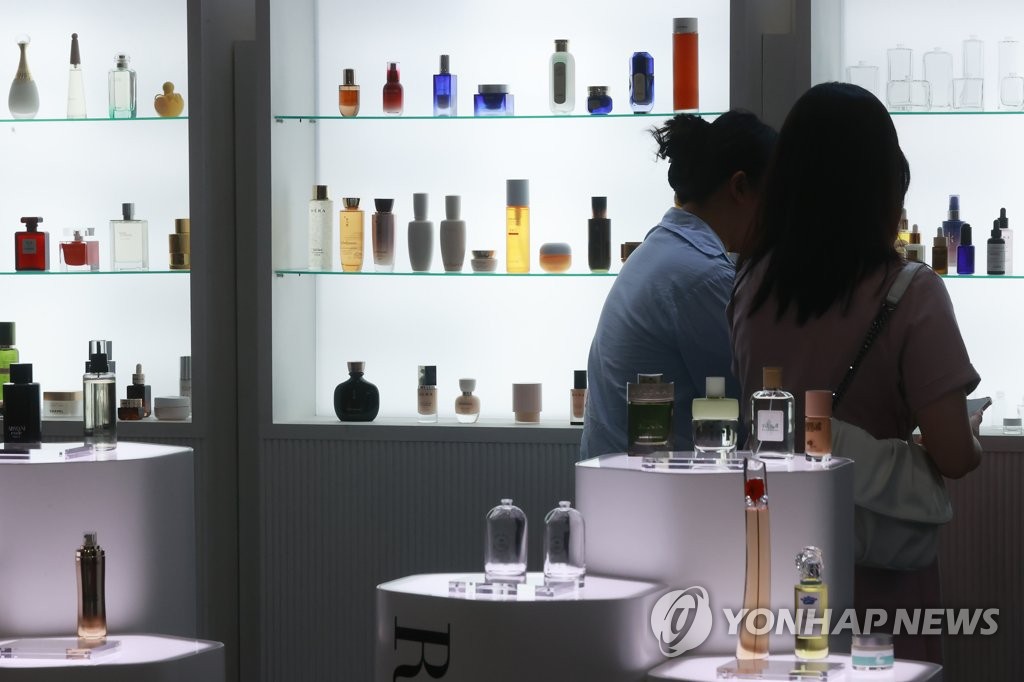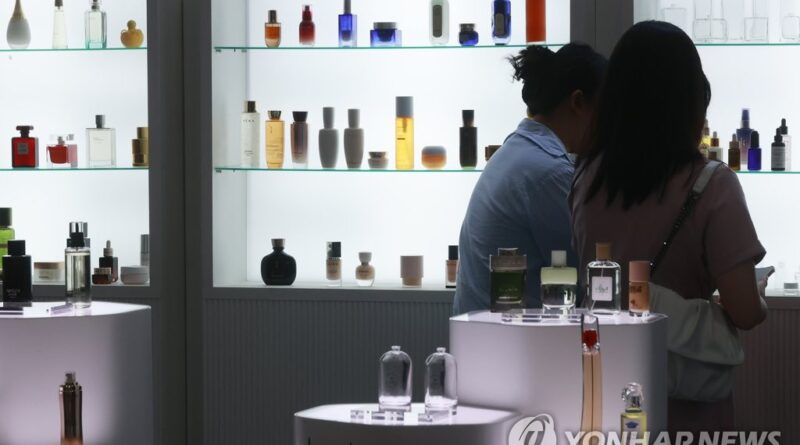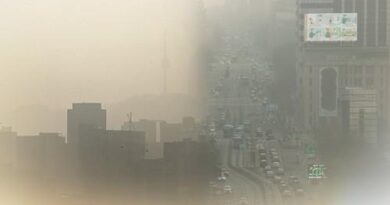Increased exports to Southeast Asia, reached KRW 10 trillion in cosmetics exports for two consecutive years

Last year, Korea’s cosmetics exports recorded 10 trillion won for two consecutive years following 2021.
Import performance stood at 1.7 trillion won ($1.3 billion), and the trade balance recorded a surplus of 8.56 trillion won ($6.6 billion). Import performance increased by 14.6% year-on-year, and the trade balance decreased by 5.02% year-on-year.
According to the Ministry of Food and Drug Safety on the 6th, Korea’s cosmetics exports last year totaled 10.2751 trillion won (approximately 8 billion dollars). Although this is a 2.2% decrease from the previous year, it exceeded 10 trillion won for two consecutive years.
This ranks fourth in the world after France, the United States, and Germany, and is one step down from the third place in 2020 and 2021, but is still the highest in Asia.
The Ministry of Food and Drug Safety found the reason for the decrease in cosmetics exports was the economic downturn caused by the spread of Corona 19 in China, the largest exporter, and the Chinese government’s strengthening of cosmetics regulations and the trend of preference for domestic products. Exports to China fell 26% year-on-year.
However, due to the influence of the Korean wave, exports to Southeast Asian countries such as Vietnam, Taiwan, Thailand, and the Philippines increased by 23.4%, 21.1%, 13.2%, and 44.4%, respectively, compared to the previous year, and the export volume was maintained. The number of exporting countries also increased from 153 in 2021 to 163 last year.
Exports to developed countries such as France and Canada and to Central Asia such as Kyrgyzstan also increased compared to the previous year, the Ministry of Food and Drug Safety explained.
Production performance declined for most types as exports to China declined and purchases by foreign travelers declined. In particular, the decrease in products for basic makeup was the largest at 26.1%.
Nevertheless, products for basic cosmetics accounted for the highest share of 55.35% of total birth performance, followed by products for body cleansing with 13.38%, products for color cosmetics with 12.24%, and products for hair with 12.16%.
As exports to China, the largest cosmetics export market in Korea, are declining, the Ministry of Food and Drug Safety plans to strengthen cooperation with regulatory agencies in the cosmetics sector between Korea and China by holding regular business cooperation meetings with Chinese regulatory authorities and exchanging technologies related to testing and evaluation.
In addition, as a regular member of the International Cosmetics Regulatory Harmonization Council (ICCR), it announced that it would strengthen its network with cosmetics regulators and industries in the US and Europe to lead international harmony in the cosmetics sector and actively support exports by promoting regulatory innovation tasks.
(Source : Yonhap News)








